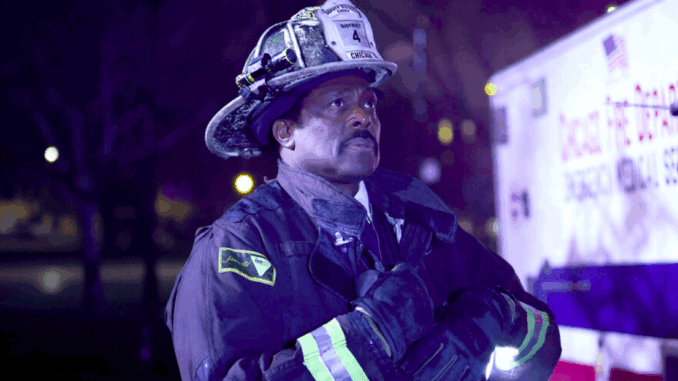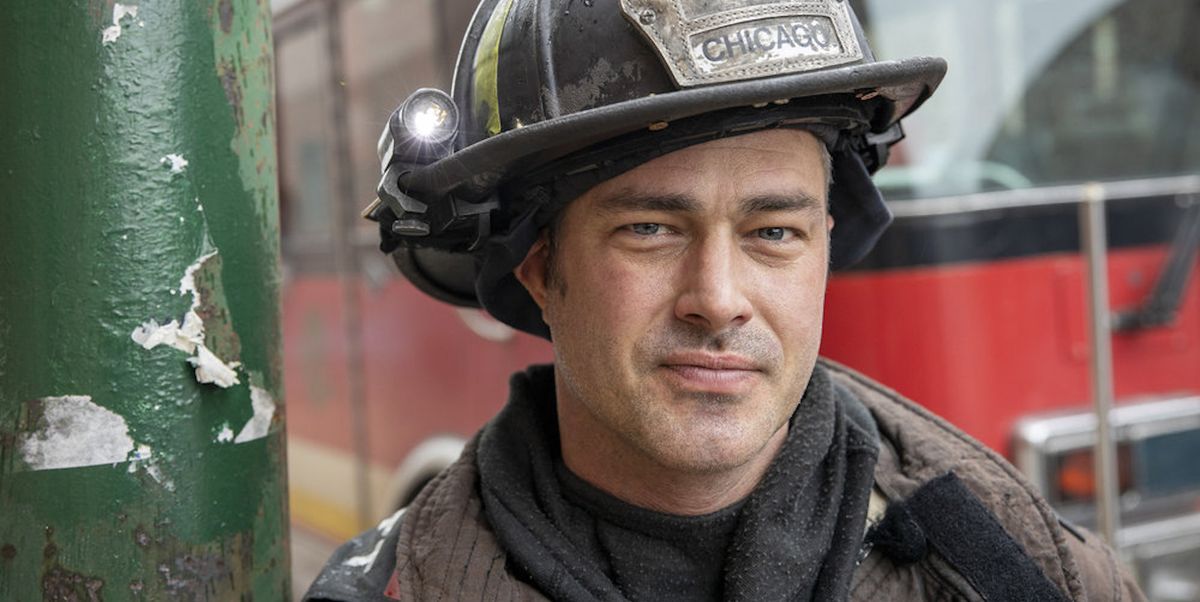
After more than a decade on the air, Chicago Fire remains one of television’s most consistent and emotionally resonant dramas. It has survived major cast departures, evolved through shifting storylines, and continued to dominate NBC’s primetime schedule. But as the show enters its twelfth season, a quiet question hangs in the air—how long can Firehouse 51 keep burning bright?
Success, after all, comes with its own set of challenges. And Chicago Fire is now grappling with the delicate balance of honoring its legacy while forging a path forward.
A Changing Cast, A Constant Heart
Every long-running series eventually faces the same existential hurdle: change. And Chicago Fire has endured more than its fair share. The exits of foundational characters—Matt Casey, Gabby Dawson, Otis, Chief Hawkins, and more recently Sylvie Brett—have tested the show’s emotional framework.
Yet Chicago Fire has met each of these losses not by replacing characters but by deepening its ensemble. Stella Kidd has risen from side character to a central pillar. Violet Mikami has grown from comic relief into one of the show’s most emotionally complex leads. Cruz and Herrmann now carry storylines that once would’ve fallen to Severide or Casey.
Still, the question remains: with Brett and Casey both gone again (after a brief reunion), and with Severide’s unpredictable appearances, can the show keep up its momentum?
Season 12: A Turning Point
Season 12 may not be a flashy reboot, but it represents a philosophical shift. The tone is a little heavier. The stakes are more personal than ever. And new characters are being introduced slowly, with caution, so as not to disrupt the tightly-woven chemistry at 51.
New firefighter Derrick Gibson, for instance, brings raw energy and vulnerability to the team. His struggles with trauma and recovery aren’t just another B-plot—they reflect the show’s broader willingness to tackle mental health with more nuance than in earlier seasons.
Meanwhile, Gallo’s emotional exit in episode 3 signaled something rare for this series: a heartfelt goodbye that felt earned and permanent. The writers allowed him to leave not with drama, but with dignity—a sign that Chicago Fire is more comfortable now letting go when it needs to.
The Weight of Legacy
One of the most fascinating dynamics in Chicago Fire today is how the current cast grapples with the ghosts of the past. Otis’s mural still watches over the common room. Boden still invokes Casey’s name in moments of moral clarity. And Dawson, while long gone, is still mentioned in ways that remind us she shaped this family.
But legacy is a double-edged sword. The show can’t survive forever on nostalgia. It needs new blood, new arcs, and—more than anything—a sense of direction.
That’s why the current season’s slow-burn development of Violet’s leadership, Kidd’s growing command, and Cruz’s evolution into a true elder statesman is so vital. These aren’t just side stories. They are the seeds of a future Firehouse 51.
Behind the Scenes: The Machine That Keeps It Running

It’s easy to forget just how much Chicago Fire has accomplished behind the curtain. The series launched the entire One Chicago franchise, became NBC’s procedural flagship, and built a cross-show universe that rivals Marvel in scope (albeit with more oxygen tanks and fewer capes).
But this success has created pressure. Every season must now serve multiple audiences: longtime fans craving emotional continuity, new viewers dropping in from Chicago Med or P.D., and a network hungry for ratings consistency.
So far, showrunner Andrea Newman has walked that tightrope with finesse. Season 12 is proof that the show can still be character-driven, timely, and emotionally satisfying—all while juggling a complex cast and rotating exits.
What the Show Needs to Survive
To keep going strong beyond Season 12, Chicago Fire must commit to a few key strategies:
-
Invest in the Next Generation: Characters like Gibson, Violet, and Ritter can’t just fill space—they need arcs as rich as those of their predecessors. Let them fail. Let them fall in love. Let them lead.
-
Let Severide Evolve or Let Him Go: Taylor Kinney’s inconsistent presence in recent seasons has led to frustrating gaps in storytelling. If Severide is to remain, he needs purpose—not just guest appearances. If not, the show must be brave enough to pass the torch fully.
-
Don’t Rush the Romance: Chicago Fire thrives when love stories are slow-burn and complicated (think Brettsey, Dawsey, or even Stellaride). Pushing pairings just for fan service rarely works. Let relationships grow organically.
-
Recenter the Firehouse: Season 12 has wisely returned the focus to rescues and internal team dynamics rather than crossovers or external villains. That’s the magic of Chicago Fire: watching a group of imperfect people survive together.
So, Can It Last?
The answer is yes—if the show continues to evolve without abandoning its roots. The firehouse has always been more than a workplace. It’s a family. And as long as that family keeps changing, hurting, healing, and responding to the call, there will be stories worth telling.
In the real world, few shows reach a twelfth season and still have audiences this invested. That speaks to the emotional truth Chicago Fire consistently delivers. Even when the trucks are quiet, the human drama keeps burning.
Final Thoughts
Chicago Fire may be entering a new era, but it still beats with the same loyal, fierce heart. The characters have changed. The dynamics have shifted. But the mission remains: honor the fallen, protect the living, and never forget why they serve.
If the writers can keep that fire lit, Firehouse 51 isn’t just going to survive—it’s going to thrive.
